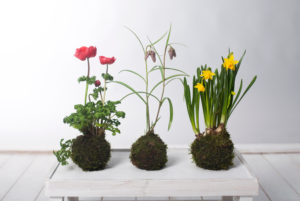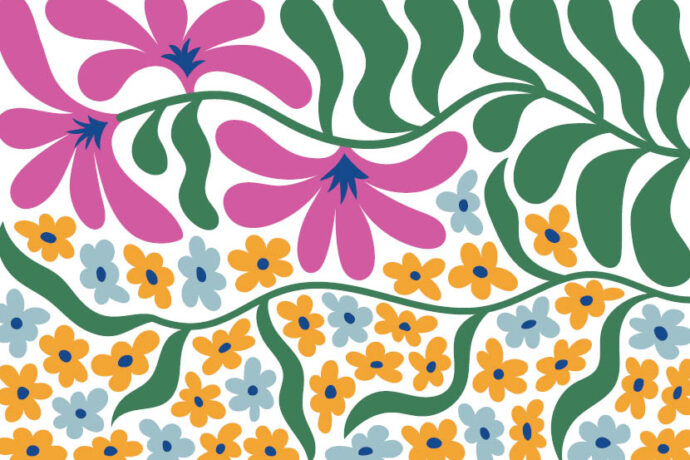
Kokedama, houseplants with their roots encased in pretty balls of moss, are the latest horticultural trend from Japan – so how can you create your own?
Kokedama, houseplants with their roots encased in pretty balls of moss, are the latest horticultural trend from Japan – so how can you create your own?
How to make a kokedama
- To create the clay/soil/moss ball around the roots you will need peat moss or well-rotted leaf mould, a specialist bonsai soil with a high clay content, and moss such as sphagnum moss, preferably in sheet form. You will also need string or waxed cord. Consult your local garden centre or nursery to source all these supplies, or search online for stockists.
- Take the chosen plant out of its pot and put carefully to one side. Use the pot to measure out a mixture of two-thirds peat moss/leaf mould and one third bonsai soil. Tip into a bowl and mix with water until you have a sticky, mouldable consistency.
- Shake or tease off the majority of the soil/compost off the plant’s roots then mould the new kokedama ‘soil’ around the roots and into a ball shape.
- Wrap the moss around the rootball as tightly as possible, and use the string to secure it, criss-crossing and encircling the ball. Add a loop if you intend to hang your plant.
Which plants to use
More or less any plant can be used in a kokedama process, but some fare better than others. Perennials and tree seedlings are best, the slower-growing the better, and most standard houseplant species can be used, although avoid anything with large, thin leaves that would dry out too quickly.
Good choices include
- Most ferns and foliage plants, such as the cast iron plant (Aspidistra elatior), the bird’s nest fern (Asplenium australasicum) and anthuriums (Anthurium sp).
- Succulents are more drought-tolerant than leafy plants and can also be used – try planting several around the ball for a more spherical display.
- More adventurous growers could attempt orchids, but for these epiphytes, which do not require soil, the roots grow on the outside of the ball and it will take time and patience to anchor them on sufficiently.
- Bulbs such as snowdrops and crocuses also make a pretty, more seasonal, display.
Caring for your kokedama
Without a pot to hold in the moisture, the kokedama ball can dry out quickly and needs to be frequently checked. Weighing the ball in one’s hand is the best guide – the less water it has the lighter it will be.
To water, dunk the whole rootball into a bucket or bowl of water – if it is very dry it might need to be weighed down at first – and fish it out after half an hour. Leave it to drip until the moss is no longer sodden before re-hanging or placing it back on its saucer.
Kokedama can be hung outside, depending on the plant. Rain will help to keep them moist but they should be checked regularly.
If you have used twine or string to hang your kokedama, keep an eye on it after a few months as it will decay naturally and need to be replaced. Using waxed cord is a longer-lasting alternative.



















